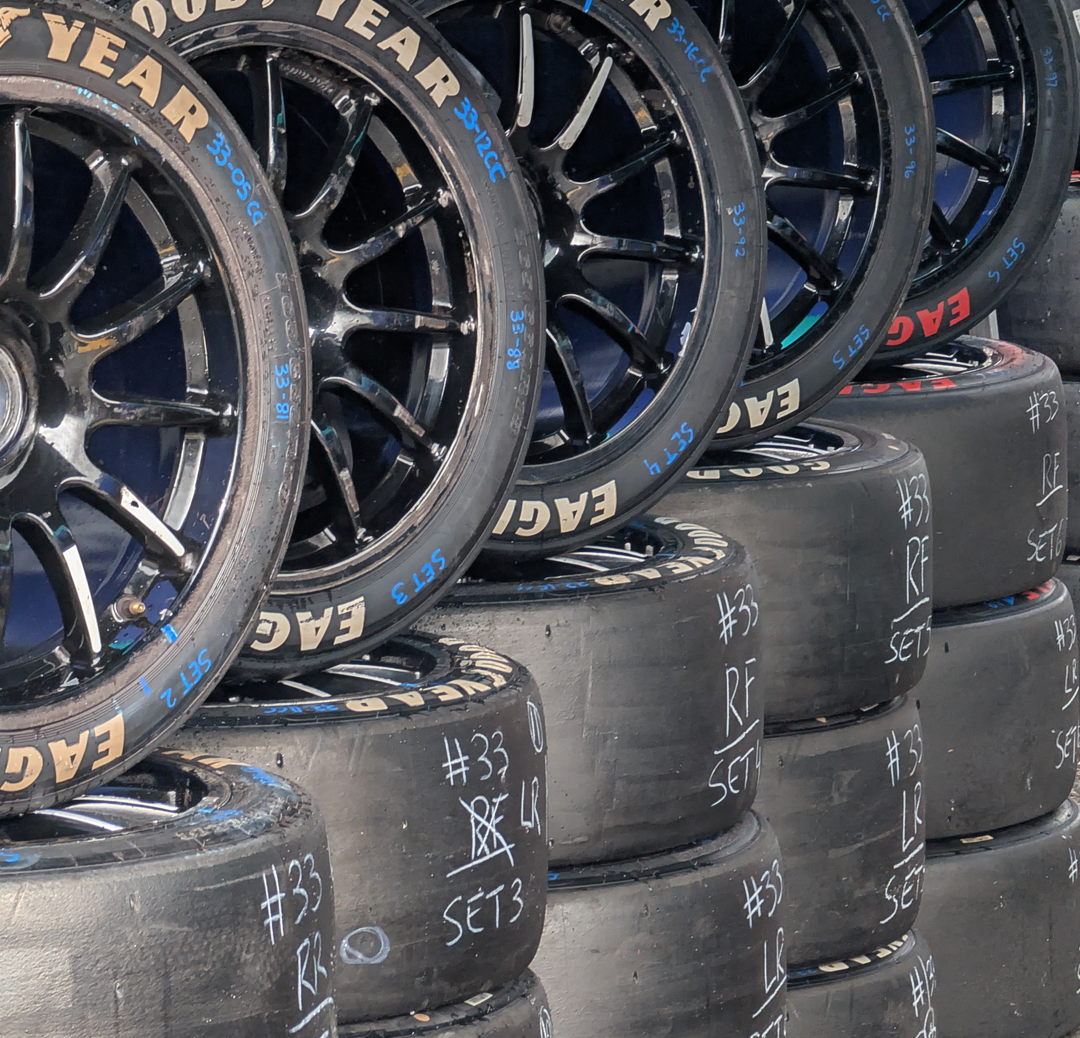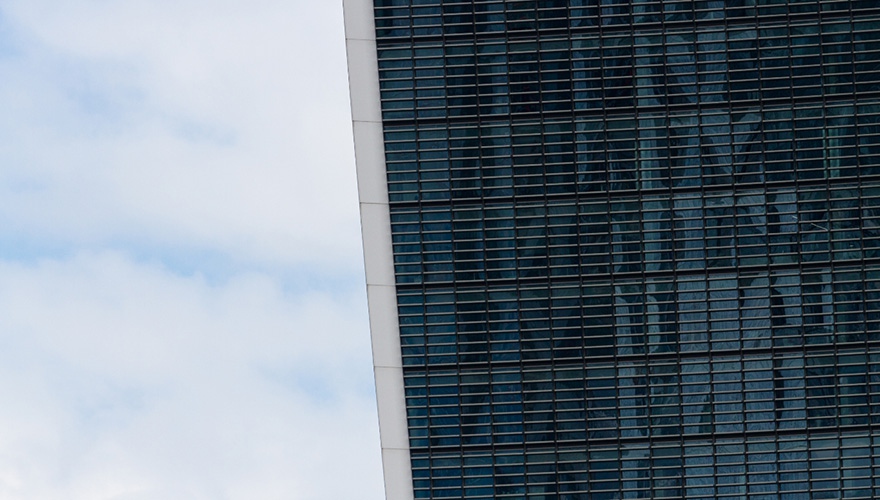Insights

12/05/2025
It’s not the workload that’s breaking people. It’s the culture. And chances are, you’ve felt it yourself. I have.
According to recent McKinsey research, toxic workplace behaviours are the single biggest driver of “negative workplace outcomes”, the corporate euphemism for burnout, distress, depression, and anxiety.
Maybe you’ve worked with someone who poisoned the atmosphere. Maybe you’ve tiptoed through a workplace where fear and ego ruled. Maybe you’re leading a team right now, trying to stop history from repeating itself.
We’ve all been there. Some of us more than once.
So what do we do about it?
You can’t train out toxicity
As Steven Bartlett recently put it:
“The most important thing I’ve learnt from hiring 3,000+ people is that ability and experience are less important than kindness, empathy and positivity. It’s easier to teach new skills than it is to unteach toxic behaviours.”
It’s true.
People aren’t spreadsheets. Teams don’t fail because of technical gaps, they fail when trust erodes, assumptions build, and behaviours go unchecked.
Yet we still over-index on CVs, hard skills, and impressive career histories, even when the emotional cost of a bad hire can ripple across an entire organisation.

What are you modelling?
This isn’t just about recruitment. Culture isn’t something HR owns, it’s something every leader, peer and team member shapes, every day.
If we want healthier workplaces, we can’t just remove toxicity. We have to consciously model the opposite. And that can be really hard.
And no, that doesn’t mean forced positivity or performative wellness.
It means showing:
- Humility: being open to learning and unlearning, even in leadership
- Vulnerability: allowing space for imperfection, honesty, and growth
- Empathy: understanding that people carry things we don’t always see
These aren’t “soft” skills (how I hate that phraseology - these are core and human skills). They’re core leadership competencies in any high-performance culture.
And like any behaviour worth building, they start with a conscious choice.

One small shift.
So here’s the challenge.
Pick one of those behaviours, just one. Humility. Vulnerability. Empathy.
And make a commitment to consciously demonstrate it to your team, your peers, or your leaders.
Not once. Not just when it’s easy. But consistently, in moments that matter.
You might be surprised at the power of the ripple effect.
Culture starts with you.
Whether you’re leading a team or influencing one from within, the environment you create will shape how others show up.
And in the battle between skill and behaviour, behaviour wins every time.
So don’t just hire for capability. Lead with character.
It’s the only way to build teams that last, and people who thrive.

Insights
The Professional Collaboration Series: Blog 2 of 8: The Three Dimensions That Make Disagreement Work (or Fail)

Insights
The Professional Collaboration Series: Blog 1 of 8: The Three Hidden Reasons Disagreement Fails in Complex Environments

Insights
Community Rail Conference: A Celebration of Collaboration and Passion

Insights
Building Foundations: Advance's Canadian Infrastructure Journey Takes Shape

Insights
The SDG Integration Opportunity: From Parallel Progress to Connected Impact

Insights
Mental Health Doesn’t Take a Day Off – and Neither Should We

Insights
Why Big Infrastructure Projects Are Struggling with Biodiversity Net Gain (And How Better Collaboration Could Change Everything)

Insights
What I Hope to Bring to the Advance Party

Insights
The Deeper Story Behind Our Numbers

Insights
Advance Joins SME Alliance Partners on UK Government’s CCS Management Consultancy Framework Four (MCF4)

Insights
From Ashes to Grid: How Power Maxed Racing Redefined What's Possible in Five Days

Insights
The skills revolution is here. Are we ready for what comes next?

Insights
Beyond “That’s Really Good”

Insights
What the UK’s Infrastructure challenges reveal about strategic leadership

Insights
A new way to map your leadership team.

Insights
Building ‘What If?’ Cultures

Insights
The problem with 'nice' teams...

Insights
You don’t become a leader when you get a job title.

Insights
What no one’s telling high performers about burnout…

Insights
The question you should be asking…

Insights
Energy for Impact

Insights
Advance Consultancy Partners with Community Rail Network to Drive Sustainable Development

Insights
Are you Keane on Teamwork?

Insights
Real People, Real Impact: The Essence of Social Value

Insights
Advance's B Corp Journey to Certification

Insights
MVP or... MVP…

Insights
One Blog a Year (OK, maybe two..) like this will see me right

Insights
My First "6 Weeks" in Advance

Insights
One Blog a Year like this will see me right

Insights
Biting the Bullet

Insights
The Problem with Mergers …

Insights
The Start of Advance's Sustainability Journey

Insights
Skills for the Next Quarter Century

Insights
The Advance Reading List – Part 1

Insights
What has Colin the Caterpillar got to do with leadership development? (Learn2Develop - Part 2)

Insights
When Greta met Russell … becoming a reluctant leader

Insights
Trust & Productivity – the Private Sector Construction Playbook

Insights
What has Sustainability ever done for us?

Insights
We’re really not that clever…

Insights
Learn 2 Develop – Part 1 by Al Simmonite

Insights
What’s in a name? Moving from Respect-Challenge-Deliver to Challenge-Support-Evolve

Insights
A tough Week, or was it?

Insights
Paradoxes & The Advance Consultancy

Insights
The importance of heritage

Insights
DOs and DON’Ts of Returning to Work post Lockdown - A Leadership Perspective

Insights
Been there, done it… lost the T-shirt?

Insights